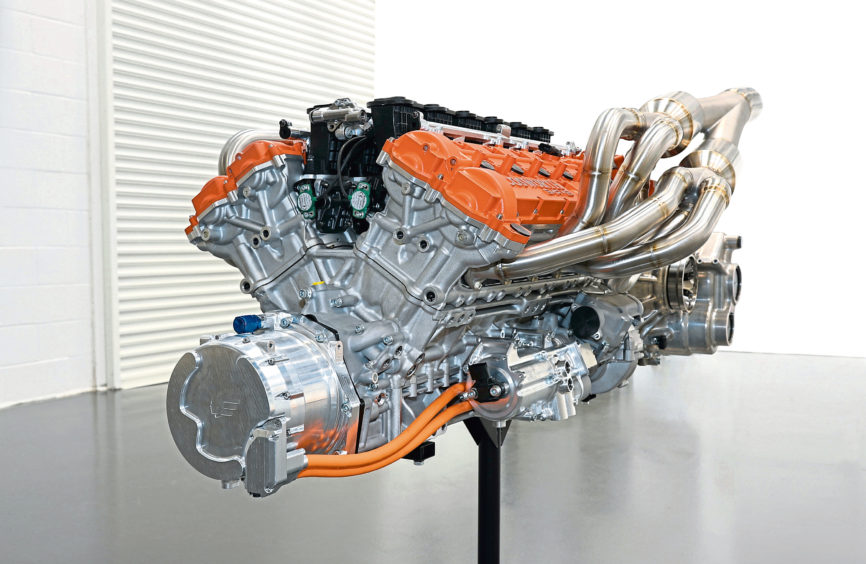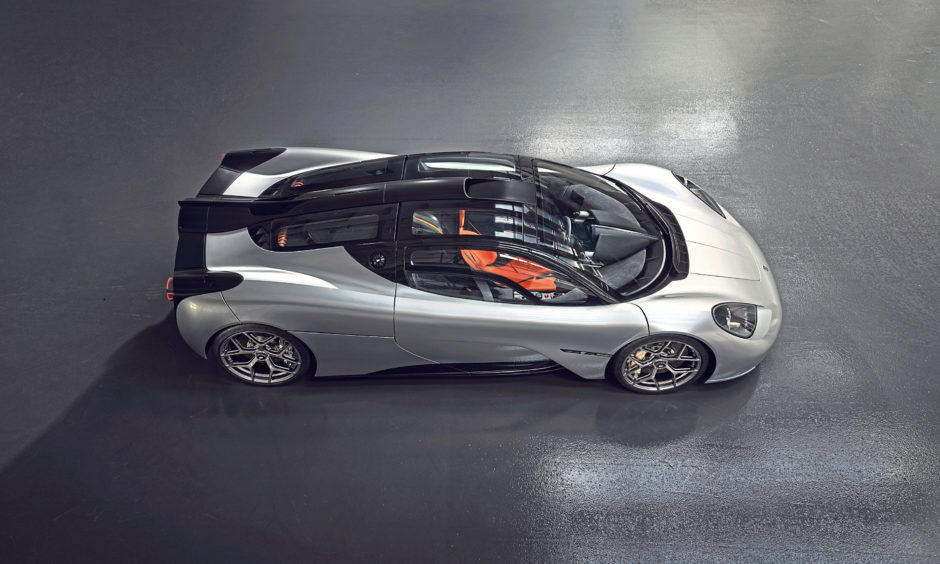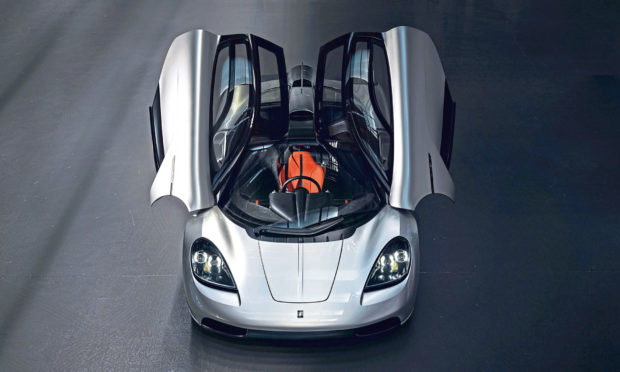Any list of the most iconic cars ever made will feature the McLaren F1.
When it was released in the 1990s it was well ahead of its time, and its designer Gordon Murray is world renowned as one of the greatest ever.
He’s created a new company in his own name and has just revealed his first supercar, called the T.50. No expense has been spared in the production of the car, which has some fascinating details.
Here, we highlight some of the coolest features of the car.
The V12 engine

The T.50 is powered by a bespoke V12 engine that has been built by Cosworth.
Murray had high demands of the company but it has achieved them all. It makes an incredible 651bhp and revs to an unbelievable 12,100rpm.
There’s no turbocharger, and Murray doesn’t like belts, so it has a small 48-volt motor that runs a number of parts to keep the design ultra clean.
When not in gear it can rev 28,400 times in one second. By revving so quickly up, it also revs quickly on the way down, so the company is having to develop software to help with gear changes.
It’s a manual

Modern performance cars almost never have manual gearboxes nowadays, because automatics are so much quicker, and so few buyers opt for the manual.
However, Murray wanted the T.50 to be the ultimate driver’s car and decided to include a six-speed manual shifter.
The linkages between the shifter and the gearbox are on display, too, so passengers can see the inner workings of the car on the move.
No touchscreens

Much like the McLaren F1, the T.50 has a central driving position with a seat behind on each side for passengers to provide the purest possible driving experience.
There’s nothing in the car that’s unnecessary, so there are no touchscreens, because Murray isn’t a fan. Instead, the car connects wirelessly to the driver’s phone for entertainment and navigation purposes.
Anything that can’t be controlled through the phone has a physical button or dial.
Ground effects

On the back of the car is a large fan, which aids downforce. Most cars rely on wings of varying sizes across the car to create downforce and improve handling.
However, the fan allows the air to be sucked through the diffuser at a steeper angle, making a lot of downforce without the need for wings.
The result is a very clean-looking car that, therefore, also creates minimal drag, improving top speed and efficiency.
The fan has various modes depending on the driver’s need, including one that sees it spin up to full speed during emergency braking.
It’s lightweight

Given the huge performance on offer and the mid-rear-mounted V12 engine, you might be surprised to learn that the T.50 is tiny – it’s actually slightly shorter than a Porsche 911.
That’s partly because Murray didn’t want anything unnecessary on the car to keep weight low.
Through the use of lightweight materials and clever tricks, such as hollowing out the alloy wheels to save weight, the T.50 weighs just 986kg.
For some perspective, the Mazda MX-5, itself considered a tiny, lightweight car, weighs more than 1,100kg.
